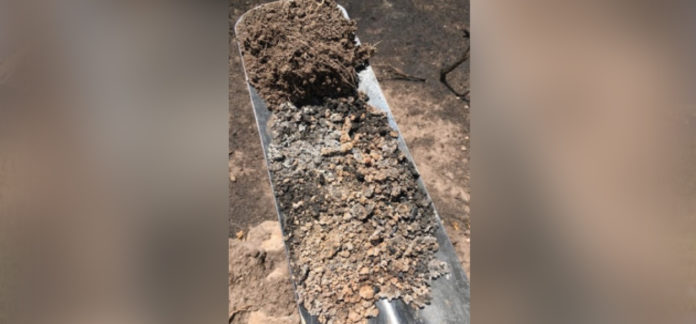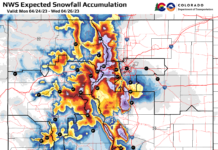
Long-term rLong-term recovery planning efforts underway
In the aftermath of five wildfires, multiple teams of natural resource specialists have completed their initial assessments of burned areas on the Arapaho and Roosevelt National Forests. Cameron Peak, Williams Fork, East Troublesome, Cal-Wood and Lefthand fires collectively burned more than 323,000 acres of National Forest lands in 2020.
These rapid assessments, part of the “Burned Area Emergency Response” or BAER program, represent a small part of the greater, collaborative, post-wildfire recovery efforts currently underway with a coalition of local, state and federal agencies, scientists and natural resource managers. BAER is an initial step that focuses solely on National Forest lands and values at risk in the immediate aftermath.
“There’s a great deal of interest in the BAER effort initially because it’s our first real look at what took place out there during the fire,”
said Forest Supervisor Monte Williams. “But, BAER is only one piece of the puzzle. Now that we have that piece in place, we’re focused on working closely with our partners to support the priorities we collectively identify, from protecting water resources and securing infrastructure to rehabilitating and rebuilding our recreation areas.”
BAER funding is limited in its scope. For instance, it doesn’t pay to rebuild burned outhouses in campgrounds; but it does provide funding to temporarily cap burned pit toilets for public safety reasons.
Extensive research since the Hayman and High Park fires has provided land managers with a deeper understanding of what immediate post-fire treatments are most effective at reducing post-wildfire impacts to watersheds. For example, pulling undersized culverts and digging water bars on trails has been found to be more effective at reducing sedimentation, runoff and flooding than scattering mulch, seed and haybales across the landscape. While these have been popular post-fire treatments in the past, they have been found to have limited benefit. These treatments risk introducing noxious weeds to the environment and add to the debris washing into streams.
“We have to consider where we get the most bang for the buck,” Williams said. “In the longer term, my hope is that these collaborative groups will work together beyond post-fire recovery to help prepare our landscapes to be more resilient to future wildfires.”
One of the most valuable tools BAER assessments produce is soil burn severity maps, which cover entire fire perimeters and serve as a cross-jurisdictional reference tool. These maps will provide valuable data as recovery teams model potential affects and make decisions about where to focus efforts and funding.
Given these fires’ extended duration into the late season, team’s assessment efforts were hampered by snow and hazardous conditions. As a result, teams will need to return to certain areas in the spring for further assessment. In addition, hundreds of miles of roads and trails across both the Cameron Peak and East Troublesome fires remain to be surveyed and stabilized.
Executive summaries of the BAER findings, along with the soil burn severity maps and some example photos of the burned areas are now available for the public on inciweb.nwcg.gov. Each fire has a separate page for post wild-fire recovery efforts. Further information will be added to these pages as it becomes available.








